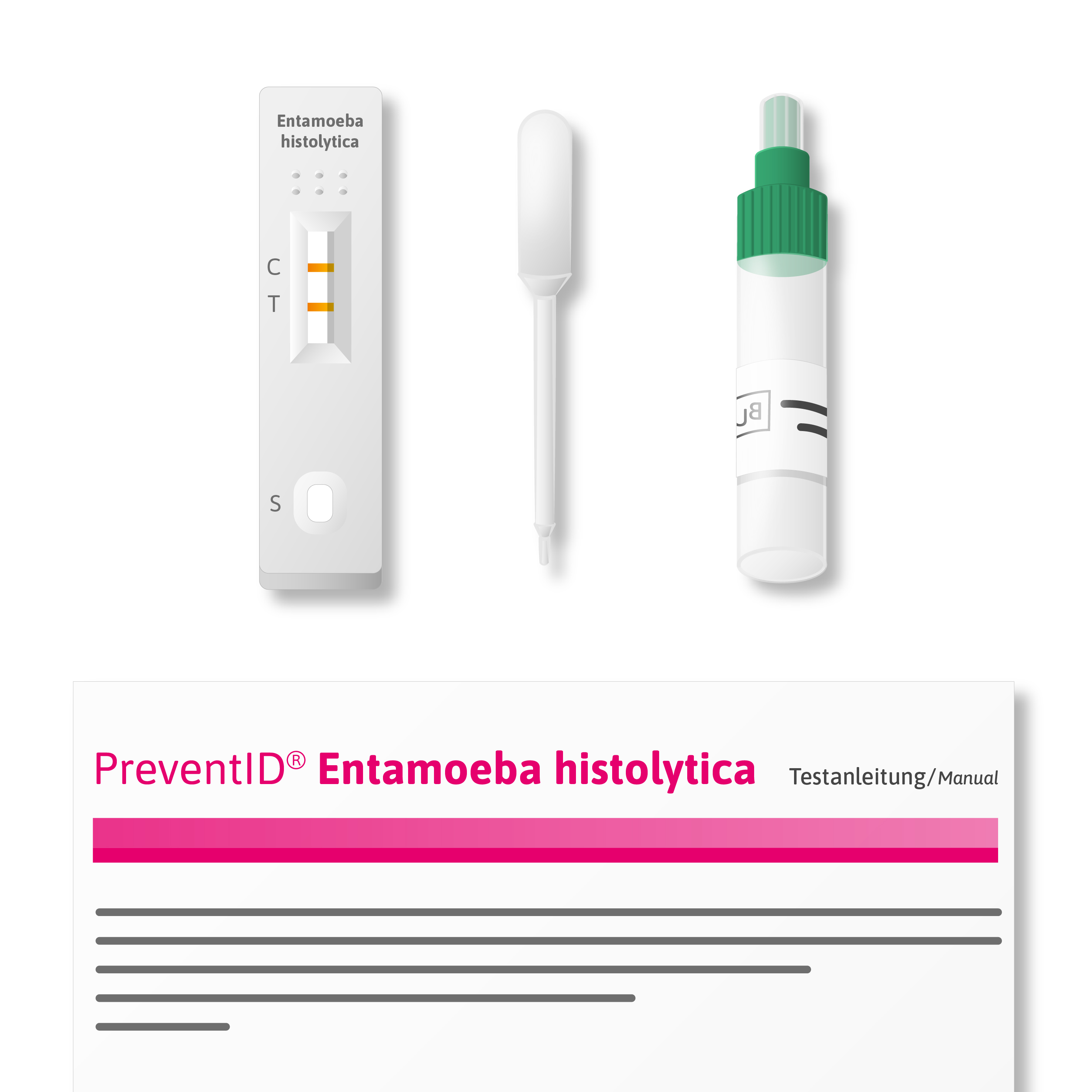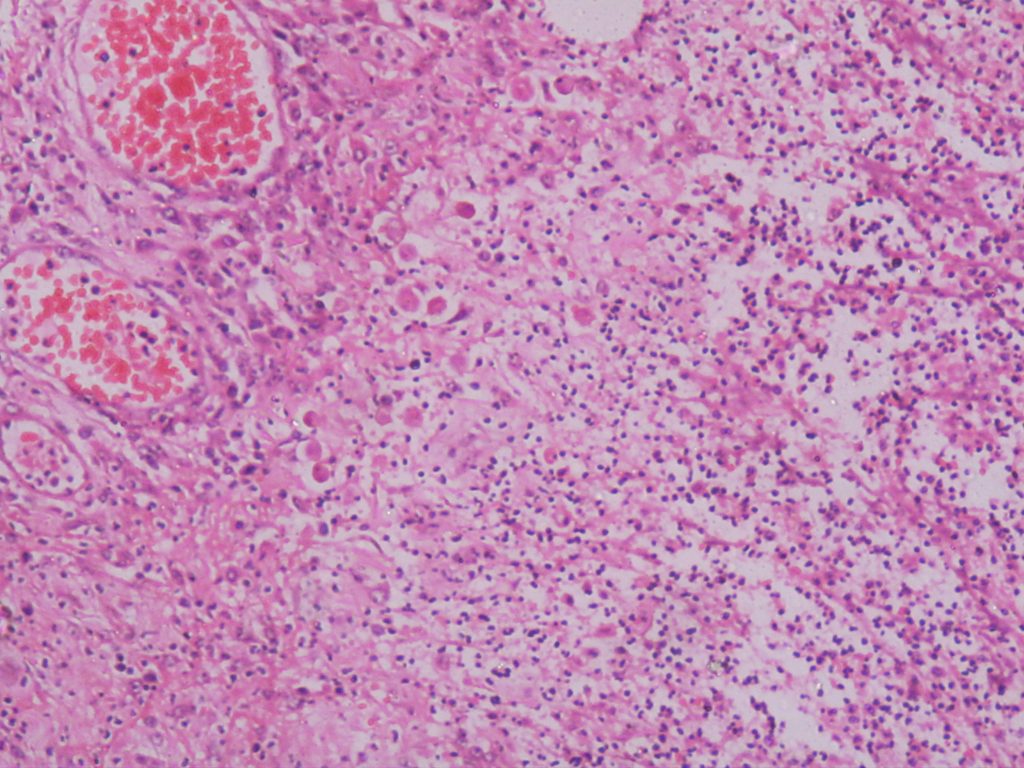Great Tips About How To Treat Entamoeba Histolytica

Due to the risk of spread and the risk of developing extraintestinal manifestations, all e.
How to treat entamoeba histolytica. Several antibiotics are available to treat amebiasis. Amebiasis is an infection caused by a parasite called entamoeba. Amebiasis is infection with entamoeba histolytica.
1 these agents have been. Intestinal amebiasis is caused by the protozoan entamoeba histolytica. Paromomycin and diloxanide furoate are the drugs recommended for the treatment of asymptomatic entamoeba histolytica infection.
Histolytica in a stool (faeces) specimen, it is usually advised that you should be treated with medication to kill. Metronidazole is the most common treatment for amebiasis. Treatment must be prescribed by a physician.
Current guidelines recommend treatment only when e. The symptoms of amebiasis include loose. Amebiasis is a parasitic infection of the intestines caused by the amoeba entamoeba histolytica, or e.
Histolytica infections need to be treated. Most individuals with amebiasis may be. Passive diffusion into the cell membrane, reduction of nitro groups to nitro radicals by ferredoxin or flavodoxin.
If you have no symptoms but are found to have e. In 50% of cases, history of amoebic dysentery may not be seen. Treatment of amebiasis includes pharmacologic therapy, surgical intervention, and preventive measures, as appropriate.
Although the efficacy of nitroimidazoles in killing amebas is known, the potential resistance of e. How is amebiasis treated? Histolytica is identified, or if dysentery of unknown cause persists despite empiric treatment of shigella.
Infection is commonly asymptomatic, but symptoms ranging from mild diarrhea to severe. 3 ideally, all patients with known amebiasis should receive antiparasitic therapy. You will be treated with only one antibiotic if your e.
Medications that can treat amebiasis include: There are four species of intestinal amebae with identical morphologic characteristics: It can cause dysentery, liver abscesses, and other organ.
The modes of action involve four steps: Amebiasis is a parasitic disease caused by infection with entamoeba histolytica or another amoeba.

















